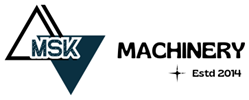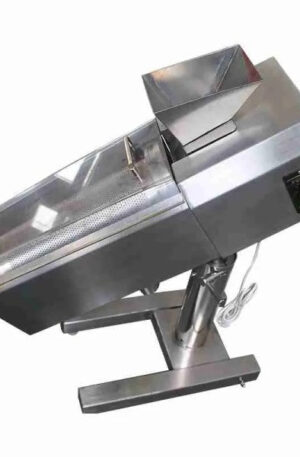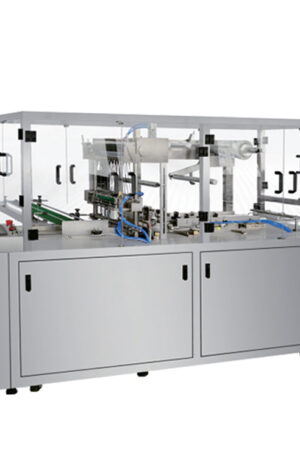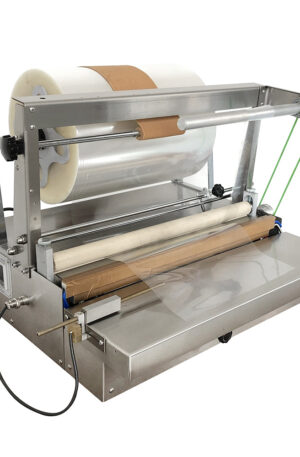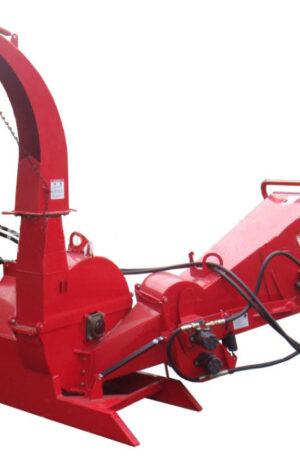Title: “Advancements in Pharmaceutical Machinery: Revolutionizing Drug Manufacturing”
In the dynamic world of pharmaceuticals, the evolution of machinery plays a pivotal role in streamlining drug manufacturing processes. Among the key players in this arena are the table press machines and capsule filling machines, which have undergone significant advancements to enhance efficiency and precision. Two such innovations are the TDP (Tablet Press) and THDP (High-Speed Double Rotary Tablet Press) machines, which have revolutionized pharmaceutical manufacturing.
The table press machine, commonly known as a tablet press, is a critical component in the production of pharmaceutical tablets. The TDP machine, in particular, is renowned for its ability to compress powdered ingredients into uniform and compact tablets with high accuracy and speed. Its modern variants are equipped with advanced features such as adjustable compression force and automation capabilities, allowing for customized tablet production according to specific requirements. The integration of digital controls and monitoring systems in TDP machines has significantly improved quality control and production efficiency.
On the other hand, capsule filling machines have also seen remarkable advancements in recent years. These machines are instrumental in accurately filling powdered or granulated ingredients into capsules for easy consumption. The THDP machine, a high-speed double rotary tablet press, stands out for its rapid filling capabilities and precision dosing mechanisms. It is designed to accommodate a wide range of capsule sizes and formulations, making it versatile for various pharmaceutical applications. Moreover, the integration of advanced sensor technologies in THDP machines ensures consistent and precise filling, minimizing wastage and optimizing production output.
The synergy between table press machines and capsule filling machines has revolutionized the pharmaceutical industry by improving manufacturing efficiency, product quality, and overall cost-effectiveness. The seamless integration of TDP and THDP machines in drug manufacturing processes has ushered in a new era of pharmaceutical production characterized by speed, accuracy, and reliability. Manufacturers now have access to cutting-edge machinery that not only enhances productivity but also ensures compliance with stringent regulatory standards.
In conclusion, the advancements in pharmaceutical machinery, particularly in table press and capsule filling machines such as the TDP and THDP models, have redefined drug manufacturing practices. These innovative technologies offer pharmaceutical companies the means to produce high-quality medications efficiently and cost-effectively. As the industry continues to evolve, the continuous innovation and refinement of pharmaceutical machinery will be essential in meeting the ever-growing demands for safe and effective drugs.
